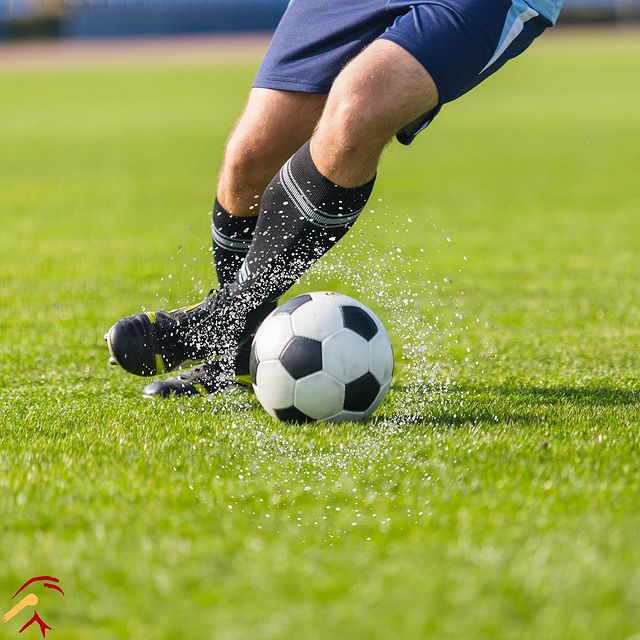Dr. Struhl personally performs the entire procedure. Many cases require an assistant; however, the assistant’s role is primarily for helping in patient positioning, retracting, and for some aspects of incision closure. For most procedures a certified Physician’s Assistant assists him. As an attending surgeon at NYU Langone Orthopedic Hospital residents or fellows who are in training may also assist him. He will be in the room from the beginning of the procedure until the very end.
Dr. Struhl works in Manhattan at NYU Langone Orthopedic Hospital, which was recently rated as one of the top ten orthopedic centers in the country by the most recent ranking in US News and World Report. He also operates at Surgicore at their Jersey City and Manhattan locations.
There are 3 basic types of anesthesia – general, regional, or local. All three of these are options for basic knee surgery as well as some hand and foot procedures. Local anesthesia is not an option for complex knee surgery or most upper extremity procedures such as shoulder and elbow surgeries. Regional anesthesia is either a spinal (or epidural) for lower extremity procedures or a regional nerve block for shoulder or other upper extremity procedures. A final decision will be made after consultation with the anesthesiologist and will depend both on your preferences and consideration of any underlying medical conditions
After surgery it will be necessary to follow up at appropriate time intervals with Dr. Struhl. Dr. Struhl will see you personally at all postoperative visits.
It is important that you feel comfortable and confident about having a surgical procedure. Dr. Struhl is available by telephone as well as email to answer any questions that you may have about the surgical procedure you are having and will also address any questions or concerns that may arise after the surgery.
Any surgical procedure will result in discomfort after the procedure. How much pain you experience will of course depend on the nature of the procedure. You will be given a prescription for narcotic medication for a short period of time. Appropriate use of ice and compression will minimize discomfort and the need for prolonged narcotic use. For most knee and shoulder procedures Dr. Struhl recommends using a cryotherapy device called Game Ready. These arrangements will be made by the office prior to the surgery.
That, of course will depend a lot on the nature of your occupation. For most shoulder procedures you will be able to return to a sedentary job and work comfortably at your desk and computer within a few days. Manual labor will be delayed more than a few days and will depend a lot on your exact work requirements. For simple knee procedures you will also be able to return to work within a few days. Manual labor will require additional time off.
Postoperative infection is always a concern after a surgical procedure. Fortunately, these events are quite rare, especially for arthroscopic procedures. Postoperative bleeding, nerve injury, and blood clots are also possible but exceedingly rare. The most common complication that requires perioperative vigilance is stiffness, especially after reconstructive procedures that often require some amount of joint immobilization. Careful attention to postoperative recommendations and diligence with postoperative physical therapy will minimize this risk.
Most procedures are done arthroscopically which is also known as minimally invasive. The incisions are less than ¼ of an inch and are closed with absorbing sutures under the skin. For procedures where a larger incision is necessary the skin is closed with a single skin stitch using cosmetic surgical technique. Staples are never used and ugly crosshatched skin sutures are almost never used. We aim to keep the scar as thin and as cosmetically acceptable as possible.
Dr. Struhl has been in practice since 1991 and has done over 8,000 arthroscopic procedures, primarily on the shoulder and knee. He also has extensive experience in arthroscopic surgery on the “small” joints, including the elbow, wrist, and ankle.
Nonsurgical treatment is often the first line of treatment for many conditions and can be successful if done with diligence and consistency. While often referred to as “conservative treatment”, there are many situations where nonsurgical treatment has little chance of providing significant benefit and it is the surgical approach that is truly “conservative” in these cases. Our goal is always to get you back to your full activities with an approach that is both minimally invasive yet predictably effective. When appropriate, Dr. Struhl can make a referral for a variety of nonsurgical treatments including physical therapy, personal training, deep soft tissue massage, and yoga.
Nearly all procedures are done on an outpatient basis. With rare exception, only patients requiring joint replacement will need an overnight stay.



